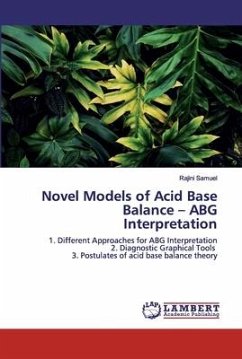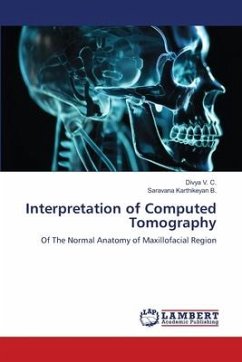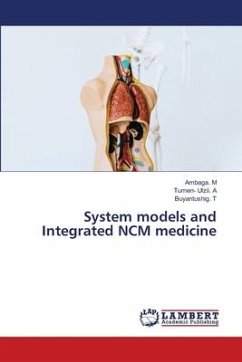Arterial blood gas analysis is sometimes confusing, often challenging and also an arduous task. The actual bicarbonate and the standard bicarbonate concentrations differ under abnormal ventilation, the two values alter and deviate from each other depending on the changes in the concentration of pCO2. A novel four quadrant graphical tool was developed by the current author based on this concept for ABG interpretation using standard base excess and the ratios derived using standard bicarbonate, bicarbonate and carbonic acid that demarcates the various acid base disturbances. The physicochemical approach gives mechanistic explanation for the causes of metabolic acid-base disturbances, but it cannot completely replace the physiological or traditional approach. Therefore understanding the relationship between these three approaches is very essential. A novel ABG interpretation method was developed based on the first postulate of acid base balance theory correlating the net changes in total or actual pH with the changes in respiratory and non-respiratory (metabolic) component affecting the pH.
Bitte wählen Sie Ihr Anliegen aus.
Rechnungen
Retourenschein anfordern
Bestellstatus
Storno








